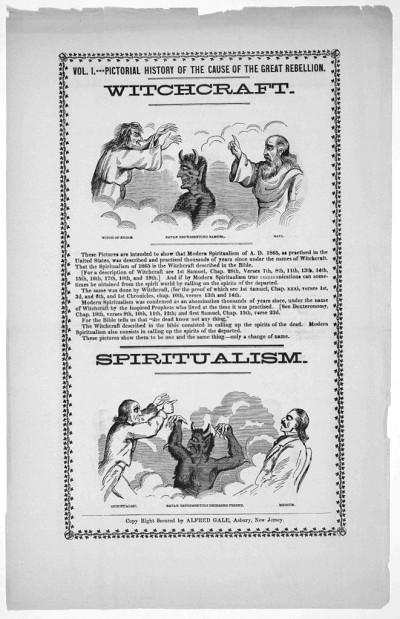Lecture, 23.05.2020, HGK, Basel
Abstract
Not only Donald Trump sees himself as a victim of witch-hunts in high frequency (as documented by many tweets), but also numerous artists employ references to witchcraft or pagan rituals in the last years. My talk “Magical Resistance. Witchcraft and Contemporary Art” focuses on the specificity of the recent (queer-)feminist reception of witchcraft in contemporary art. I will map out an “incomplete typology” in order to examine different answers to why the figure of the witch has indeed become interesting to contemporary artists, and in which ways the recent “witch trend” in contemporary art differs from approaches of earlier generations of women artists. The typology will evolve from the different stands of answers to that question, and will present the following observation as starting points: (1) The recent reception of witch cultures provides an intergenerational perspective for feminist artists. By examining source material from the reception of “second wave” feminist artists in the 1970ies, and of the current interest in witches, the talk offers a comparative perspective. (2) The reception of witch cultures serves as a vehicle to connect feminism and critique of capitalism. Especially important in this regard, is the reception of Silvia Federici’s seminal book Caliban and the Witch in the beginning of the 2000s that linked the advent of capitalism in the early modern times to the femicide of the European witch-hunts.
(3) Witch cultures have provoked dissident forms of knowledge throughout history and serve as a vehicle for the critiques of truth regimes (also from post-colonial, post-gender or even post-humanist perspectives). Witch cultures serve e.g. as a means of underlining a (feminist) history of science that is read “against the grain”, as illustrated by eco-feminist Carolyn Merchant in The Death of Nature (1980).
(4) The reception of witch cultures addresses the transmission of (queer-feminist) knowledge and the problem of the appropriation of historically marginalized subject positions. Questions of historiographies and omissions of dominant historical narratives become very prevalent in the history of witches, whose history was written by those who survived: often their persecutors. The talk aims to do justice to the diversity of witch cultures in contemporary art, while seeking to employ a systematic approach to the material and discuss artistic examples.
My research takes its starting point from the curation of the show "Magic Circle", cu-curated with Daniela Brugger.
